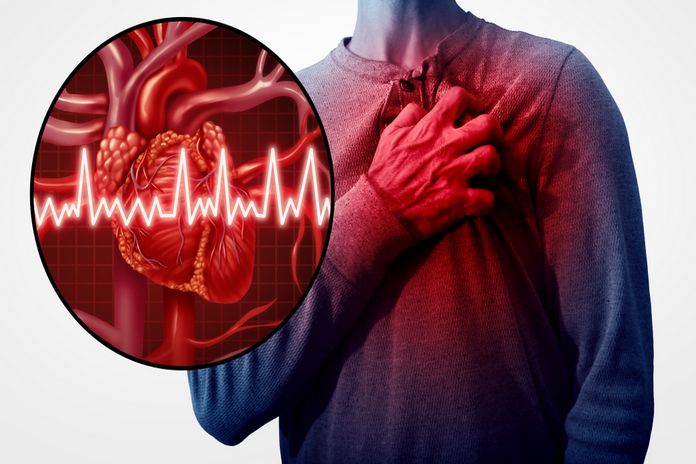15 Most Probable Atrial Fibrillation Causes

The definition of atrial fibrillation allows us to understand that there is a rapid and irregular heart beating, which mostly happens when the two upper chambers of the heart do not beat in rhythm with the two lower chambers of the heart. The upper chambers of the heart, i.e., atria, go through chaotic electrical signals which interfere with the synchronization of the atria to the ventricles. As a result, the heartbeats are irregular and faster than the normal rate, and a person can experience the vibrations in his or her chest. The normal range for heart rate is from 60 to 100 beats per minute, which enormously exceeds from 100 to 175 beats per minute, which is very easy to experience by the patient.
Moreover, it is very important to understand the anatomy of the heart muscles to understand the actual cause of atrial fibrillation as we are familiar with the fact that our heart consists of four chambers with the two upper chambers known as the atria. In comparison, the two lower chambers are known as ventricles. There is a group of cells present in the upper right chamber of the heart, i.e., the right atrium, and this group of cells are known as the sinus node. The function of the sinus node is the production of signals which normally initiate every single heartbeat. Under normal conditions, the electrical signal from the sinus node moves through the two upper chambers of the heart, and then through a connecting passage, i.e., atrioventricular (AV) node travels from the upper to lower chambers of the heart.
It is through the traveling of the signals around the chambers of the heart, which causes the heart muscles to contract and initiate the blood circulation from the heart to other body organs. While in the case of atrial fibrillation, the electrical signals traveling through the upper chambers of the heart become irregular and thus disrupting the whole process of heart contraction. The electrical signal starts bombarding on the atrioventricular (AV) node to pass through the atria and reach the ventricles. To keep pace with faster-moving atria, the ventricles strive hard to beat rapidly but do not reach the pace of chaotic atria, and thus the signals do not transduce properly.
Any damage or abnormalities happening to the heart’s anatomy are the most probable causes of atrial fibrillation. The most probable causes that play a role in the occurrence of atrial fibrillation are:
Heart attack
A heart attack might become a cause of atrial fibrillation and thus making the heart to beat irregularly. When the heart goes under an attack, and if a coronary artery suffers the damage from this heart attack, then there is an abnormal function of the coronary artery. The coronary artery involved in the heart attack is not able to supply enough amount of oxygen-rich blood to the atria of the heart, which results in the lack of blood circulation to the atrial tissues. The lack of blood flow to the atrial tissues damages the atria and leads to the chaotic heart beating.
